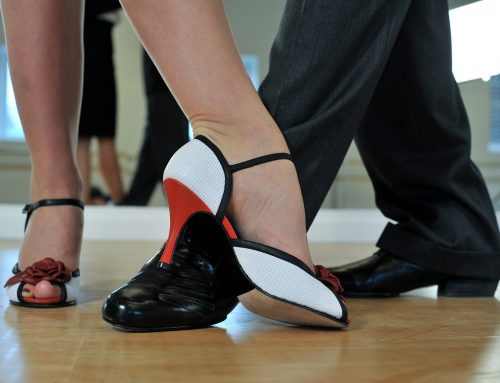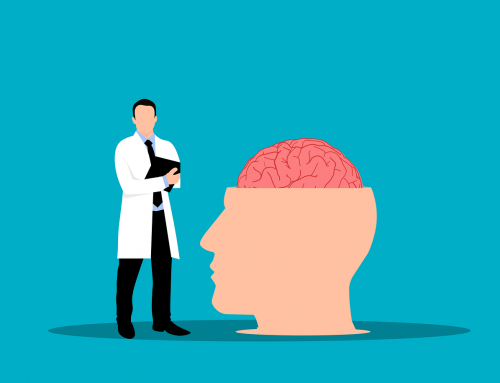This week’s blog is a continuation of last week’s post. Please indulge me as I take a brief dive into Greek mythology as its gods help us to understand concepts about the human psyche that are often still used in our psychological terminology today. Wikipedia states that for the ancient Greeks, the god Thanatos was the personification of death. There is an ancient statue which depicts him as a winged youth with a sword swung from his shoulder. Homer wrote about him in the Iliad, along with his twin brother Hypnos, god of sleep. Other siblings of Thanatos personified such negative human experiences as old age, suffering, doom, deception, blame, strife and retribution. Atropos was the goddess of death.
Hesiod wrote about the gods of darkness who dwell in sleep and death. Thanatos was considered to be merciless and indiscriminate. Interestingly, Thanatos was on occasion outwitted. Once, by wise King Sisyphus who cheated Thanatos by tricking him into shackles, and for a time, prevented the death of any mortal. On another occasion, Thanatos was overpowered by mighty Heracles. Thanatos resided in Hades, the underworld, along with Hypnos, the god of sleep. In Roman mythology the god of sleep was Somnus. Thanatos and Hypnos were the sons of Nyx, goddess of night, and Erebus, the god of darkness. Nyx was so frightening that even Zeus trembled at the thought of entering her realm. Hypnos lived in a giant cave from which the River Lethe flowed. Those who drank from it experienced permanent forgetfulness. Around the cave’s entrance, grew poppies and other hypnotic plants which promised altered states of consciousness. Hypnos’s wife, Pasithea VII, was goddess of both hallucination and relaxation who likely used these plants to achieve mystical states. Hypnos and Pasithea’s three sons were known collectively as the Oneiroi, comprised of Morpheus, the winged god of dreams, Phobetor, the god of nightmares, and Phantasos, god of dream fantasies; Shape, Fear, and Fantasy were their representative realms. Hypnos did his job of putting the person to sleep so the Oneiror could do their work.
Read the rest of the article published at Psychology Today.





